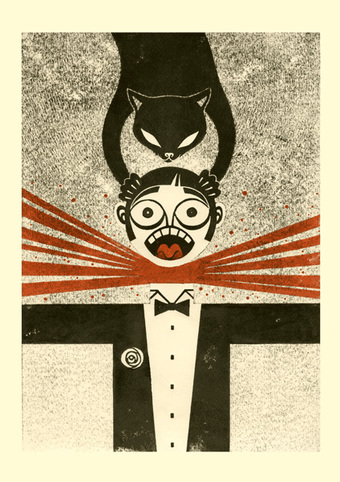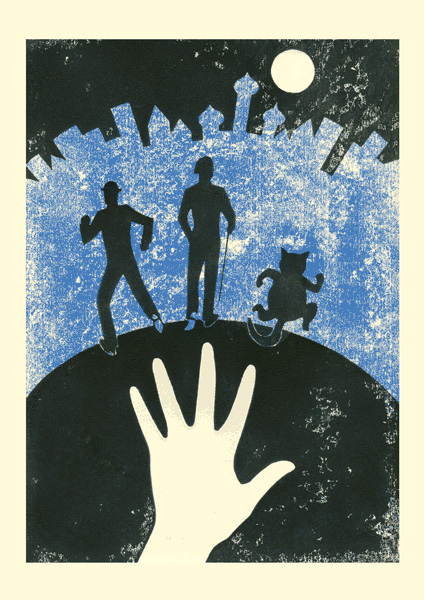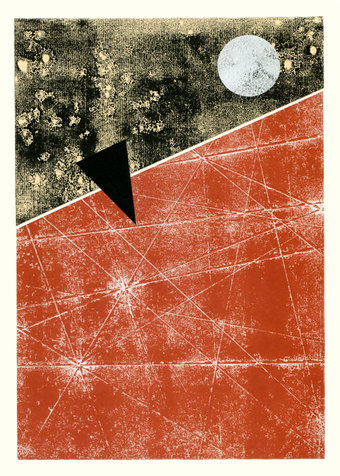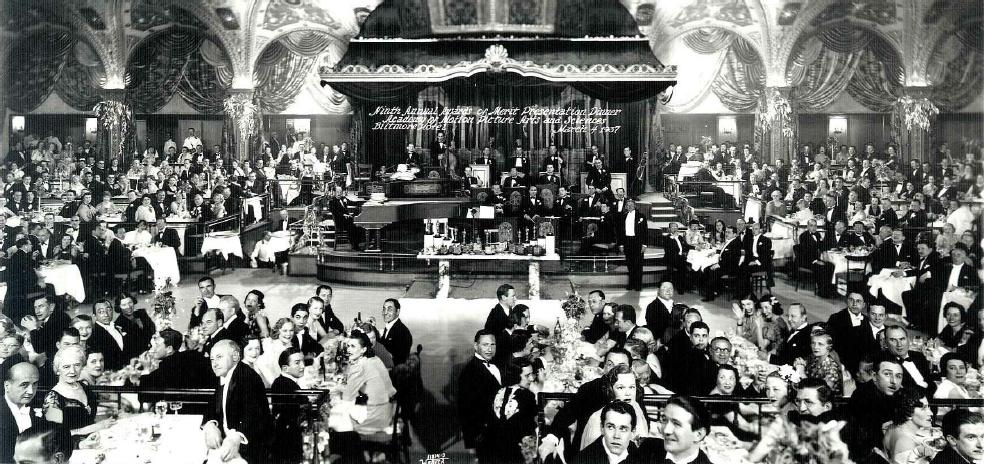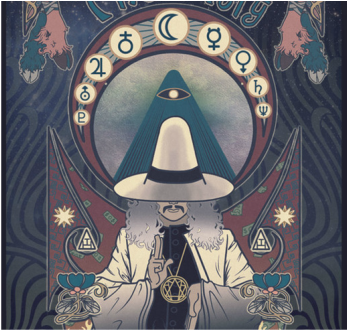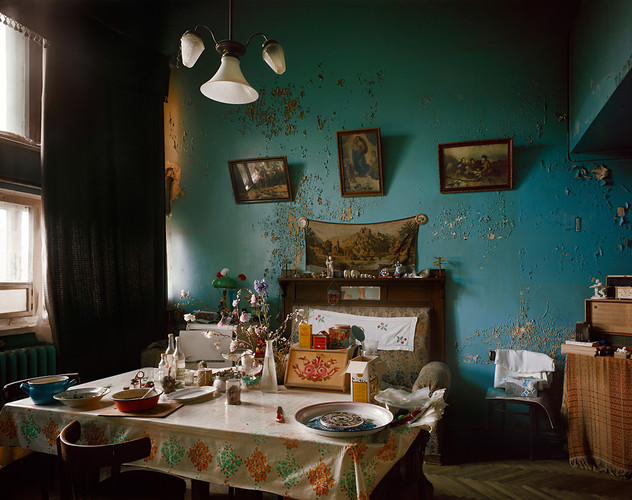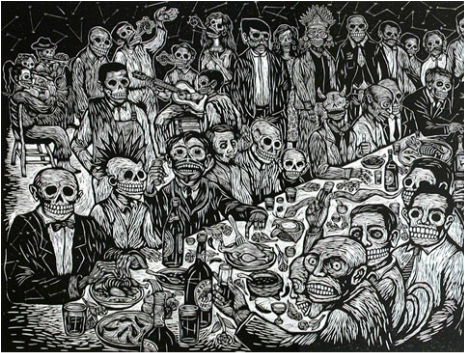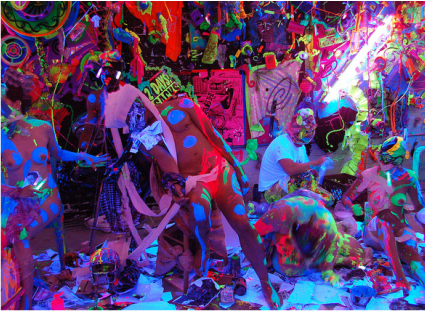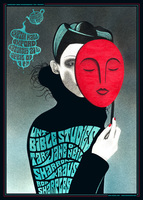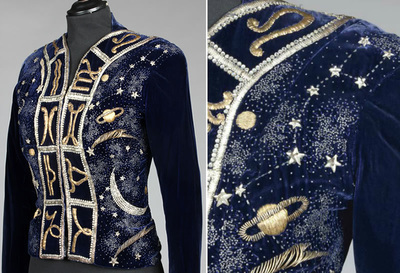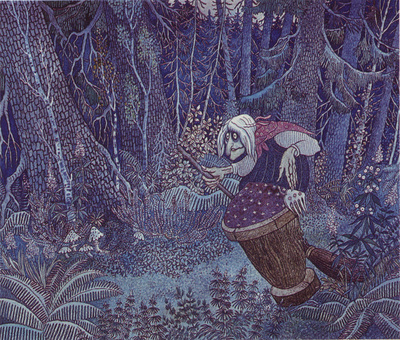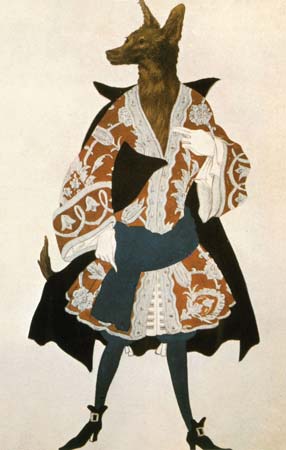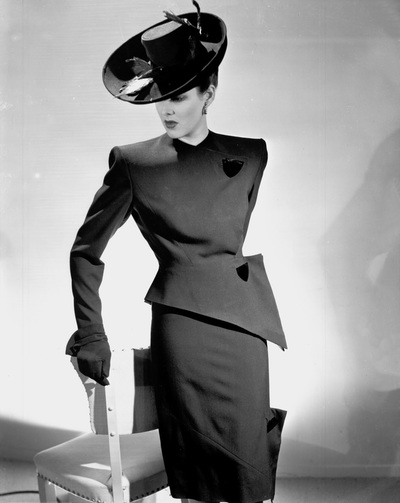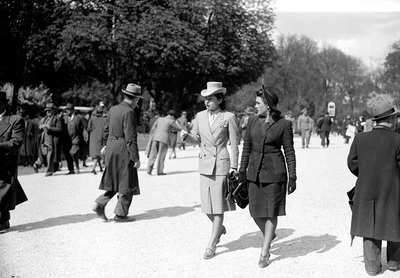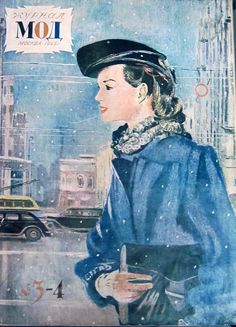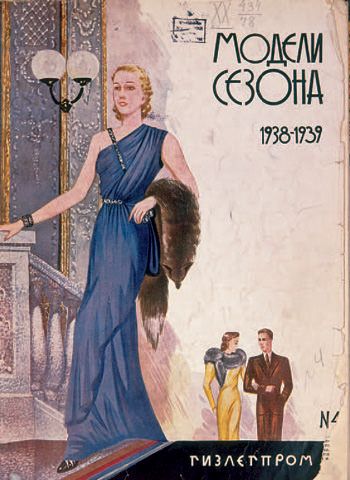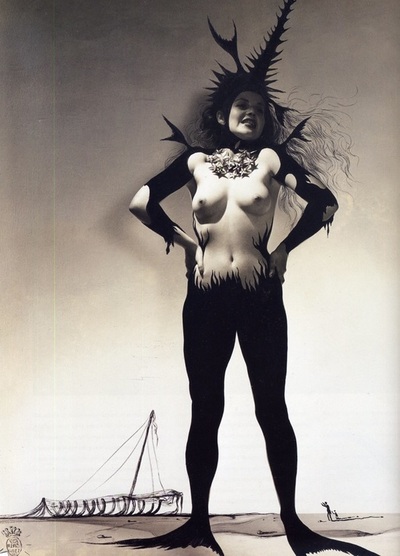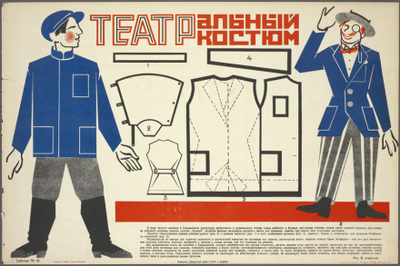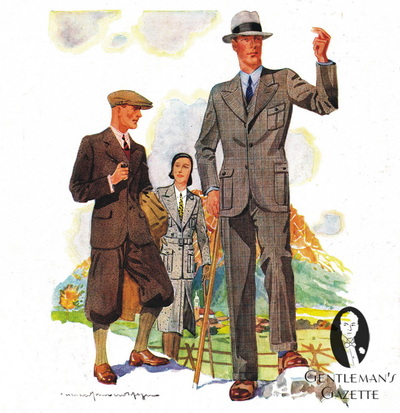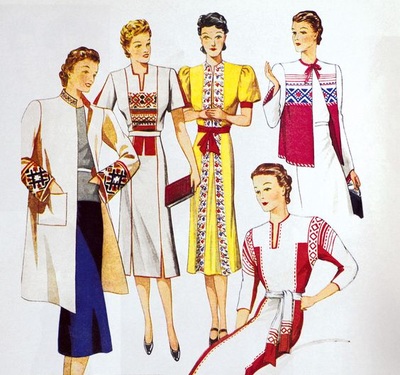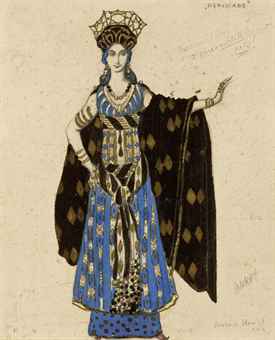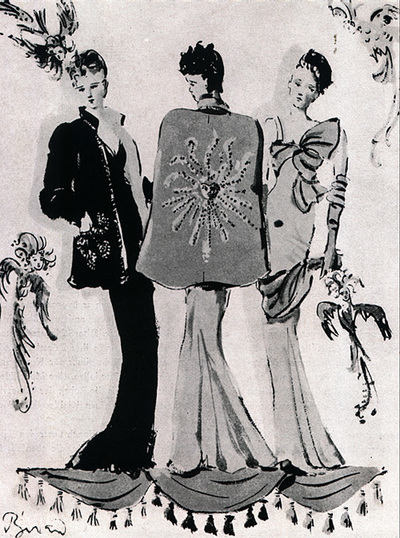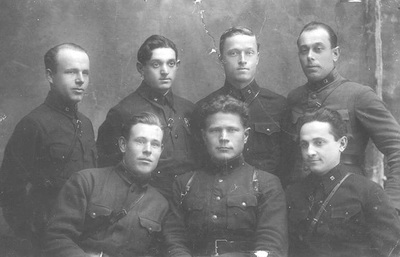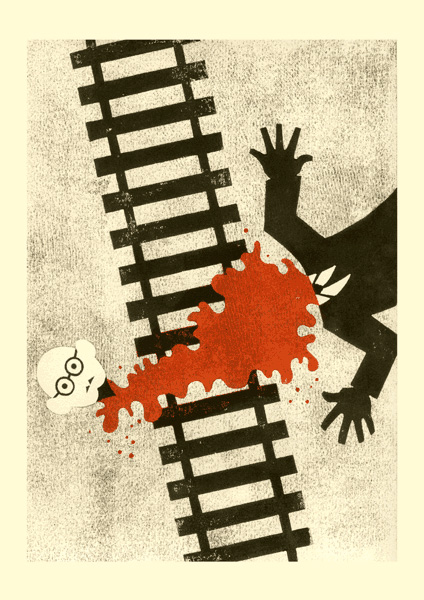A Drink with the Devil
An Immersive Adaptation of The Master and Margarita
“Follow me, reader! Who told you that there is no true, faithful, eternal love in this world! May the liar's vile tongue be cut out! Follow me, my reader, and me alone, and I will show you such a love!”
Introduction
A Drink with the Devil is an immersive theatre piece inspired by Mikhail Bulgakov’s The Master and Margarita. The National Institute of Dramatic Arts will be transformed into 1930’s Moscow and audience members may explore and follow various characters as they please.
The Master and Margarita’s narrative structure is perfect for a choose-your-own-adventure immersive experience. Bulgakov’s profound novel is already a narrative amusement park, filled with overlapping events and dozens of unique characters crossing paths. What better way to experience his text than by inviting people to navigate Moscow as Woland and demons bombard the city with mischief and mayhem?
Use of NIDA's Facilities
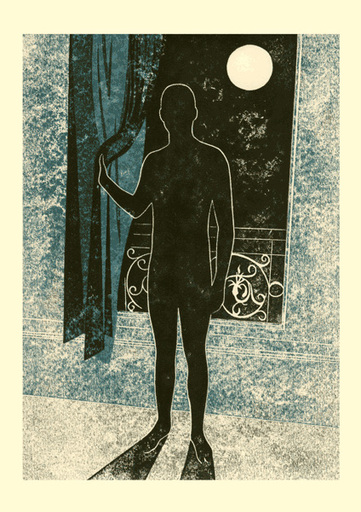
The entirety of NIDA’s facilities (as much as is practical, anyway) will be set-dressed to host this production’s many site-specific performances. (Note to the panel, I’ve had to guestimate some of these choices since I don't have a layout of the building and it’s been many years since I have walked through the facilities.)
- NIDA’s atrium will double as Griboyedov’s House and Satan’s ball. The Atrium will serve as the start and ending point (“home base”) for audience members.
- The Parade Theatre will be The Variety Theatre.
- The Playhouse Theatre will become Woland’s residence, Apartment 50 of the Bolshaya Sadovaya
- The Space Theatre will become Pilate’s realm, an abstract impression of Yerushalayim.
- James Fairfax Foyer will become the Sanitorium.
- The Studio Theatre will be Margarita’s realm (undecided if this should be her apartment or the streets of moscow, etc)
- Rehearsal studios will become various apartments and offices in Moscow.
Balancing Many Tones
The Master and Margarita is a masterpiece of a novel. At first glance, it is a cleverly crafted farce; a strange blend of Mel Brooks meets Kafka. In my proposed staging, farcical scenes will utilize sight gags, slapstick, satire, and comedic chaos. Some comedic reference points are Beetlejuice, Citizen Ruth, and The Thin Man series.
Deeper into the text, especially upon reaching Book 2, The Master and Margarita becomes a fantastical romance, lush and bittersweet. I want to evoke archetypal images of Lovers facing Fantastic Challenges. Other tales that fit this tone include Orpheus, Dracula/Carmilla, and any number of Neil Gaiman stories.
At its core, The Master and Margarita is a book written by a dying man. What turns Bulgakov’s novel from art to masterpiece are his profound meditations on forgiveness and death. Discovering the right tone for this will require nuance, subtlety, and tremendous work. In the performance, this element will be set up by Pontius Pilate then underscore the finale. This emotional landscape is akin to Sibelius’s Violin Concerto in D Minor or David Bowie’s Black Star Album.
Narrative Structure
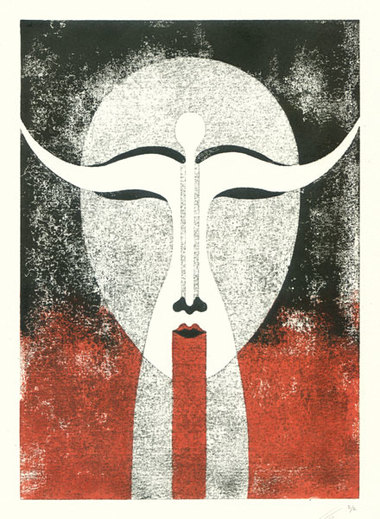
A Drink with the Devil is a 90 minute performance piece broken up into segments:
- The first 15 minutes introduces the world of the play, the tone, and many characters.
- Audience members arrive at Griboyedov’s House, a jazz band plays, characters mill about, drinks are passed around. Cabaret-style performances may be staged.
- The action is interrupted by a crazed Ivan. Once he is dragged to the Sanitorium, Koroviev takes the stage.
- Koroviev invites the audience to explore Moscow as they please.
- The 30 minutes that follow are dedicated to the ensemble of Moscow’s inhabitants. Primarily farce and mischief, this sequence will culminate in with absolute havoc.
- An intermission may be included if necessary.
- The following 30 minutes are dedicated to Margarita’s story. Magical, abstract, and surreal, this portion ends with Satan’s Ball.
- Margarita does not enter the show until this sequence begins.
- Many performers playing small roles as Muscovites in the earlier part will double as the dead guests at Satan's Ball.
- 15 minute epilogue.
- All audience members will be corralled back to the Atrium for a dreamlike sequence.
- The final moments of the show will be a transformative movement sequence implying the final few chapters of the book.
Overall Visual Design
|
|
|
A Drink with the Devil should visually reference both the grotesque soviet humor of Hen His Wife and the lush beauty of Yuri Norstein’s Seasons. The first half of the show should depict a more naturalistic “real world,” visited by powerful forces of mischief. At the halfway point, once Margarita enters, the design world should invert; a surreal and dreamlike quality should invade the atmosphere.
Scenic Design Ideas
Casting
A Drink with the Devil requires a large cast and a diverse range of performance skills. I would cast entirely from NIDA’s acting school, working with performers to strengthen the improvisation and concentration needed to perform on tracks and occasionally interact with audience members. Below is a breakdown for just a few of the major roles in the show. |
Margarita
|
The Master
|
The storylines and characters an audience member encounters may vary based on how they navigate the space. Other characters they may encounter are the Nikanor Ivanovich, Ivan Savelyevich,Grigory Danilovich, Andrei Fokich, Natalya, Nikolai Ivanovich, Archibald Archibaldovich, Doctor Stravinsky, The members of Masolit, Militia, and general Muscovites.
Sound Design and Music
From the atmospheric sounds of bustling 1930’s Moscow to the supernatural elements, this production is an ambitious sound designer’s dream. Sound design will be especially important to both craft the world and cue the actor’s during vital moments.
|
|
